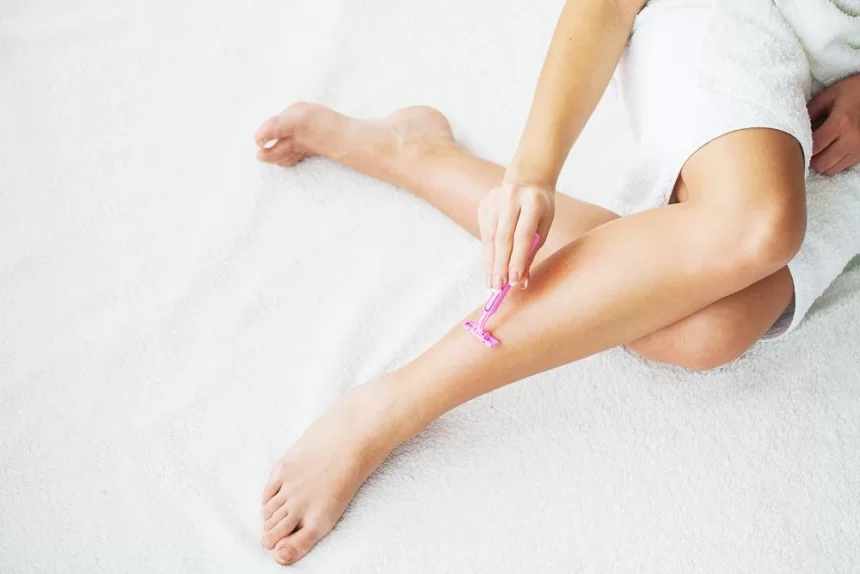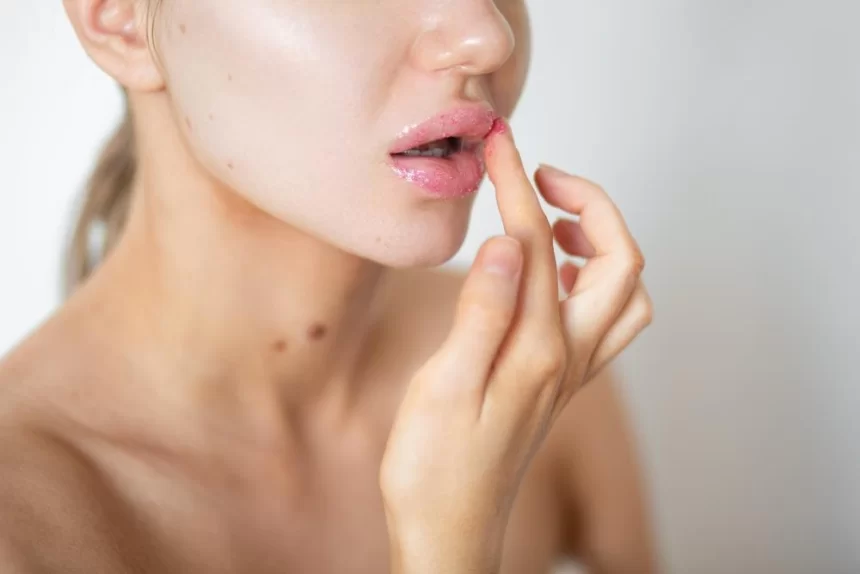Ingrown hair? These are signs the problem isn't harmless.
An ingrown hair may seem harmless, but in some cases, it can lead to infection, swelling, and even require medical attention. Find out when it's time to take action.

🧼 Ingrown Hair? These Are the Signs It Might Not Be Harmless
An ingrown hair is a common cosmetic and dermatological issue that often occurs after shaving, waxing, or depilation. In most cases, it resolves on its own. However, there are situations when an ingrown hair can turn into a more serious problem requiring attention—or even a visit to the doctor.
In this article, you’ll learn when an ingrown hair is harmless, and when it can lead to infection, scarring, or more severe inflammation.
🧬 Why Do Ingrown Hairs Occur?
An ingrown hair happens when a hair fails to break through the surface of the skin and instead grows sideways or back into the dermis. It most commonly occurs:
-
after dry shaving
-
in people with curly or coarse hair
-
when using a dull razor
-
due to wearing tight clothing that causes friction
⚠️ When Does an Ingrown Hair Become a Problem?
In the following cases, it’s not just a cosmetic nuisance—it may be a medical concern:
🔴 1. Persistent Pain and Swelling
If the affected area becomes red, swollen, and painful, an infection may be developing. Avoid squeezing or picking at the spot, as this can make it worse.
🔴 2. Presence of Pus
The appearance of a white tip or pus-filled bump may signal the formation of an abscess. This condition often requires draining or antibiotics, which should be determined by a doctor.
🔴 3. Fever and Spreading Redness
If redness starts spreading from the area and is accompanied by a fever, it could indicate a more serious bacterial infection.
🔴 4. A Hard Lump That Doesn’t Go Away
Sometimes an ingrown hair can cause a cyst—a firm, sometimes painful lump under the skin. If it doesn’t go away within a few weeks, dermatological evaluation is necessary.
✅ What Can You Do at Home (If It’s Not Complicated)?
-
Don’t squeeze or scratch!
-
Apply a warm compress several times a day – this softens the skin and may help the hair surface
-
Use a gentle exfoliant (like sugar or enzyme scrubs) to remove dead skin cells
-
Apply an antibacterial cream (like panthenol or tea tree oil)
-
Wear loose-fitting clothes until the irritation goes away
👩⚕️ When to See a Doctor?
✅ If symptoms last longer than 5–7 days
✅ If there is pus, fever, spreading redness, or pain
✅ If an abscess, lump, or scar forms
✅ If ingrown hairs frequently appear in the same area
🌿 Conclusion
Ingrown hairs are usually not dangerous, but they can become serious if ignored or improperly treated. Pay attention to changes, try natural remedies to soothe the skin, but don’t delay a dermatology visit if things get worse.
For more skin care advice, ingrown hair prevention tips, and natural solutions, follow the Moja Lepota blog. 🌸
Share
What's Your Reaction?
 Like
0
Like
0
 Dislike
0
Dislike
0
 Love
0
Love
0
 Funny
0
Funny
0
 Angry
0
Angry
0
 Sad
0
Sad
0
 Wow
0
Wow
0

















